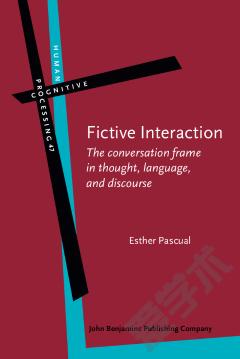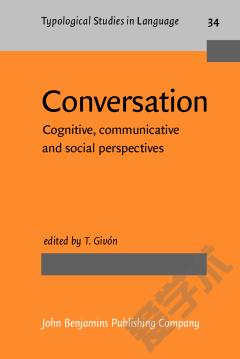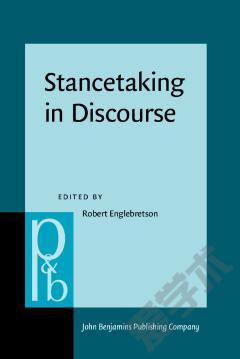Fictive Interaction. The conversation frame in thought, language, and discourse.
Language is intimately related to interaction. The question arises: Is the structure of interaction somehow mirrored in language structure and use? This book suggests a positive answer to this question by examining the ubiquitous phenomenon of fictive interaction, in which non-genuine conversational turns appear in discourse, even within clauses, phrases, and lexical items (e.g. âNot happy? Money back! guaranteeâ). The book is based on a collection of hundreds of examples of fictive interaction at all grammatical levels from a wide variety of spoken, written, and signed languages, and from many different discourse genres. Special attention is devoted to the strategic use of fictive interaction in legal argumentation, with a focus on high-profile criminal trials. Both trial lawyers and lay jurors often present material evidence or murder victims as speaking, and express emotions and intentions in conversational terms. The book thus establishes the role of the conversational turnârather than the sentenceâas the basic unit of language, and the role of conversation as a frame that structures cognition, discourse, and grammar.
{{comment.content}}








 京公网安备 11010802027623号
京公网安备 11010802027623号